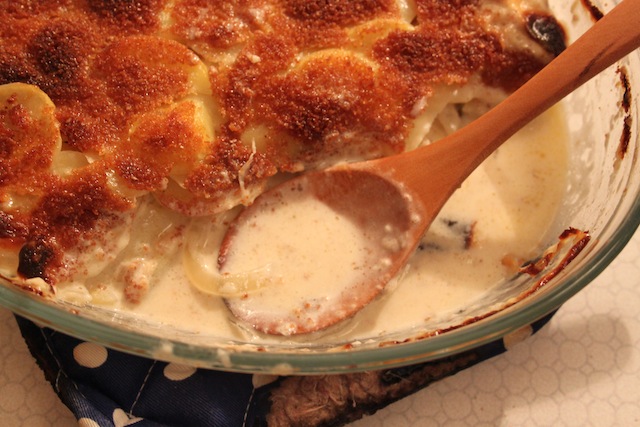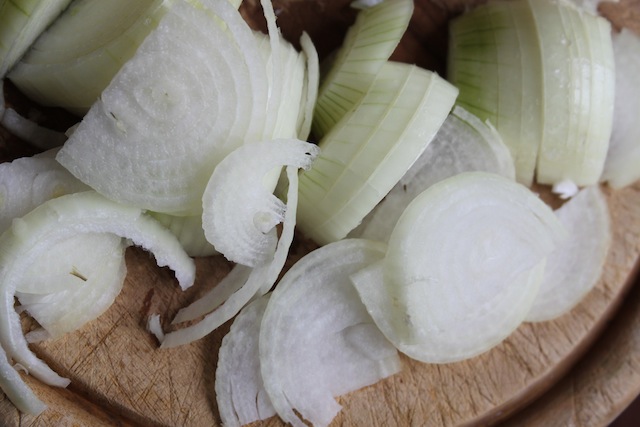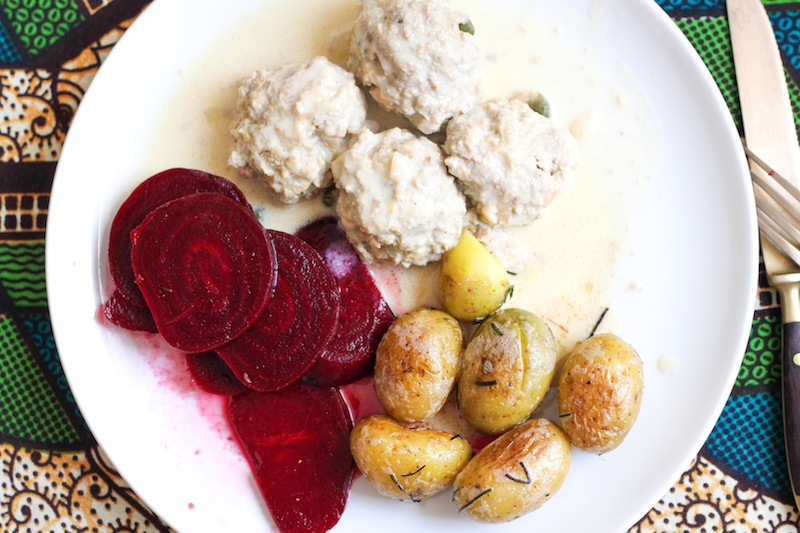
I remember the first time I went to a bakery in Berlin and asked for three “Weckle.” The woman behind the counter looked at me blankly, and then slowly, contemptuously, following my line of sight, said, “Don’t you mean three Schrippen?” I nodded, slightly confused at her huff – because even in the States, where we have few regional dialect differences, when someone asks for a “pop,” we just laugh and ask what rock they grew up under (it’s Ohio).
But not in Berlin. Here, Berlinerisch is spoken with pride – and a certain amount of sass, which even has a name. “Berliner Schnauze” literally translates as “Berlin snout,” but is more closely captured by the phrase “smart-ass sassafras pants.” The Berliner Schnauze is a trifecta of “snappy attitude, dry wit and downright rudeness” (a lovely description from Ian Farrell’s article on Berlinerisch in Slow Travel Berlin). Everyone’s a comedian. But a kind of scary one you can’t understand.
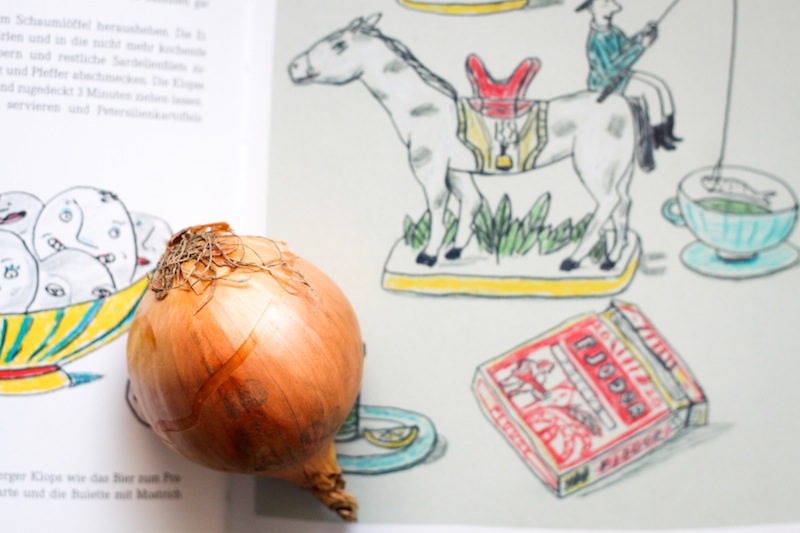
My childhood experience of Germany was almost solely limited to the south, where they speak their own brand of incomprehensible dialect, Schwäbisch. But since I grew up hearing it, I can understand it – most of it.
But one of the interesting things about growing up in the US speaking a German heavily influenced by a particular dialect, is that when you move to a different region in Germany, you’re not ever totally sure if a word you use is real German (aka Hochdeutsch) or if someone is going to laugh at you for saying “Weckle.”
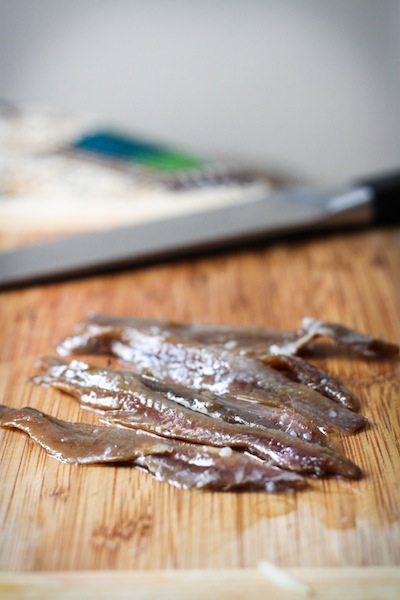
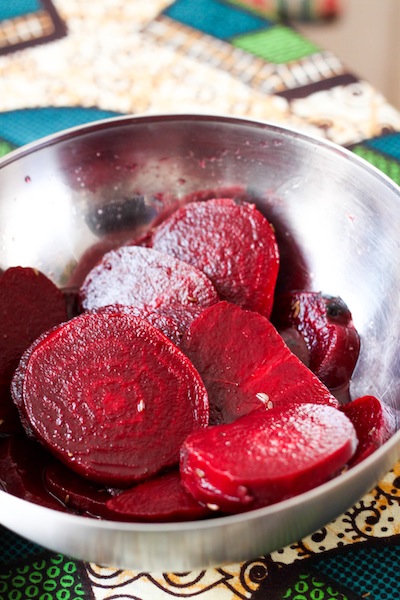
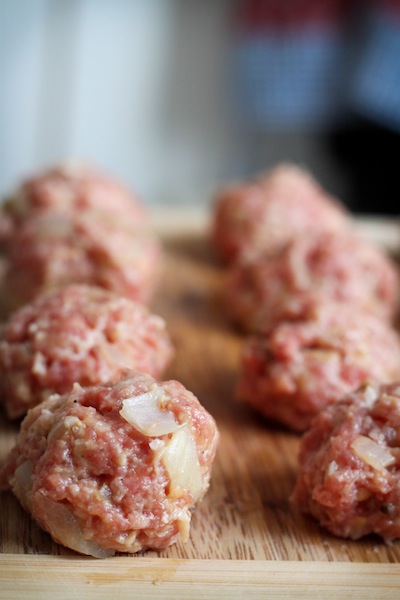

Technically, Berlinerisch isn’t actually a dialect (or an accent), but a metrolect, “a mixture of different dialects all piled together in one big urban area, usually due to a long history of immigration into the city, from both elsewhere in the country and further afield. » Continue reading this post...
